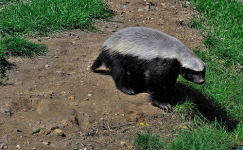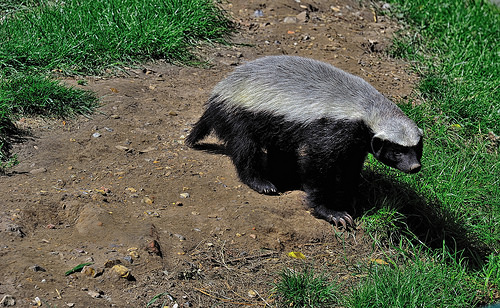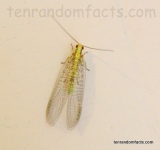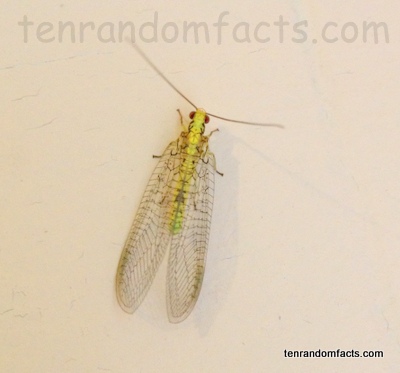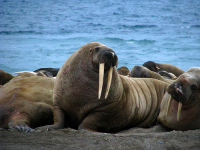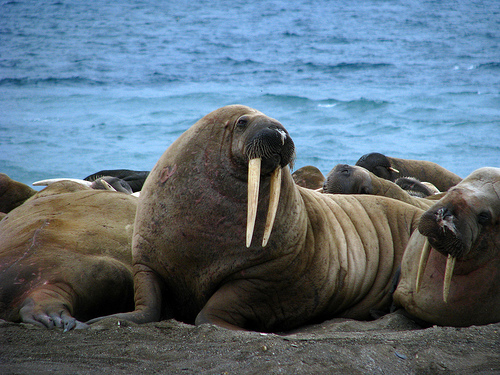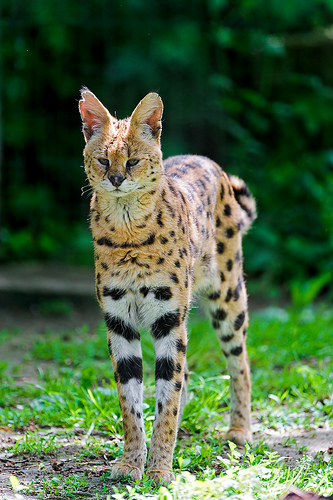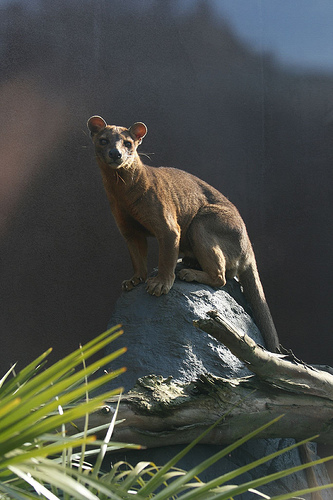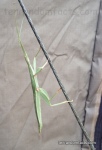
Children’s Stick Insects are masters of camouflage.
- A Children’s Stick Insect is a winged insect native to eastern parts of Australia, that are medium in size, compared to other stick insects.
- Children’s Stick Insects have the scientific name Tropidoderus childrenii and are from the family Phasmatidae, a family of stick insects that can regrow their own limbs.
- ‘Children’s Stick Insects’ are also known as ‘yellow-winged spectres’ and they have the ability to fly, although females are less likely to do so.
- Children’s Stick Insects range from 11 to 14 centimetres (4.3 to 5.5 inches) in length, and they have long legs.
- The diet of a Children’s Stick Insect consists solely of Australian native eucalyptus leaves, and they spend most of their time in trees.
- A Children’s Stick Insect has the ability to release its limbs, allowing it to escape from predators when caught.
- Children’s Stick Insects range from green, red, brown, cream, pink and purple in colour, depending on the gender and the age of the insect, and wings are typically a faint yellow to green.
- Camouflage is one of the primary protection techniques used by Children’s Stick Insects, as they often have the appearance of leaves.
- Children’s Stick Insects lay small ovoid eggs in the trees, that drop down to the ground and are typically grey in colour, and they take approximately four months to hatch.
- Fellow stick insects occasionally mistake Children’s Stick Insects’ wings for leaves, and as a result eat them, but they are generally not bothered by it, as the wings are insensitive.
Bibliography:
Chapman A, Children’s Stick Insect (Tropidoderus childrenii), n.d, OzAnimals.com, http://www.ozanimals.com/Insect/Children’s-Stick-Insect/Tropidoderus/childrenii.html
Children’s Stick Insect – Tropidoderus childrenii, n.d, Bugs Ed, http://www.bugsed.com/fact_sheets/childrens_stick_insect.html
Tropidoderus childrenii, 2014, Wikipedia, http://en.wikipedia.org/wiki/Tropidoderus_childrenii







